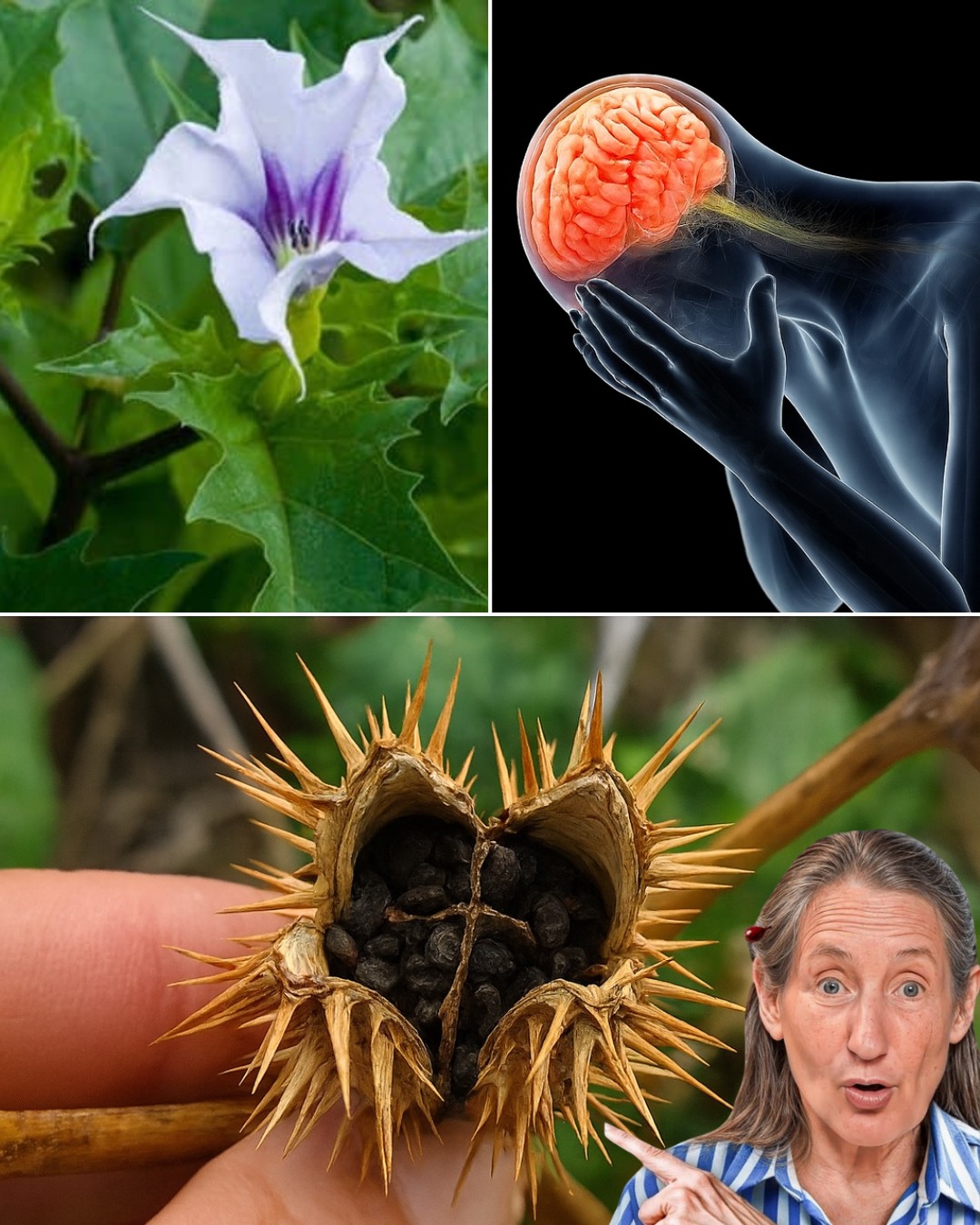Prevention: How to Stay Safe 🛡️
The best defense against Datura stramonium is awareness and caution. Follow these steps to protect yourself and your loved ones:
Know Your Plants: Learn to identify Datura by its trumpet-shaped flowers (white or pale purple), spiky seed pods, and broad, lobed leaves. It thrives in disturbed soils like roadsides and fields.
Avoid Planting It: Skip Datura for home gardens, especially if you have kids or pets.
Handle with Care: Wear gloves if you must handle or remove the plant, and dispose of it securely in sealed bags or by burning.
Educate Others: Teach children and teens about the dangers of wild plants and recreational misuse.
Pet Safety: Keep pets away from areas where Datura grows, and watch for signs of poisoning like vomiting or disorientation.
The Hidden Dangers of a Misunderstood Plant 🌱
Datura stramonium’s allure lies in its beauty and historical use in medicine and rituals, but its toxicity makes it a silent killer. From accidental ingestion to reckless experimentation, the risks far outweigh any potential benefits. Its alkaloids—atropine, hyoscyamine, and scopolamine—can turn a curious encounter into a life-threatening crisis.
By staying informed, you can protect yourself, your family, and your pets from this deadly plant. If you spot Datura in your environment, treat it with respect and caution. Share this knowledge with those around you—because awareness is the key to prevention.
Your safety starts with one simple choice: steer clear of Datura stramonium.
